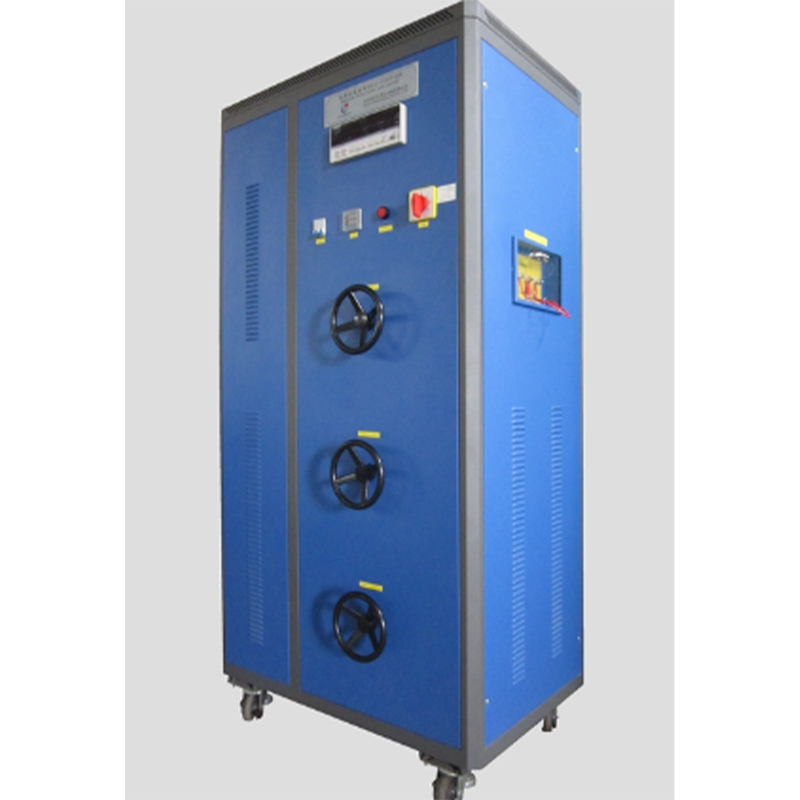Manufacturers of Test Fixtures for Semiconductor Applications and Their Importance in Quality Assurance
Understanding Semi-Conductive Test Fixture Factories
In the rapidly advancing realm of electronic technology, the importance of precision and reliability cannot be overstated. As the backbone of electronic testing, semi-conductive test fixture factories play a pivotal role in ensuring that electronic components and systems meet industry standards and performance criteria. This article explores the significance of these factories, their manufacturing processes, and the impact they have on the overall electronics industry.
What are Semi-Conductive Test Fixtures?
Semi-conductive test fixtures are specialized tools or devices used to securely hold and connect electronic components during testing procedures. They are crucial in validating the performance and reliability of semiconductors, integrated circuits, and other electronic devices. The main objective of these fixtures is to provide a stable and accurate testing environment that minimizes potential errors and enhances the quality of test results.
Fixtures are designed to accommodate a variety of components, ranging from simple chips to complex multi-layered circuit boards. They make it easier for engineers and technicians to apply test signals, measure output responses, and perform various diagnostics without compromising the integrity of the devices being tested.
The Role of Test Fixture Factories
Test fixture factories specialize in the design, engineering, and manufacturing of these vital testing tools. The production process involves several key stages, including design conceptualization, prototyping, fabrication, and quality assurance.
1. Design and Engineering The initial phase begins with understanding the specific testing requirements of the client. Engineers use advanced CAD software to design fixtures that are tailored to the specifications of the components they are meant to test. This stage emphasizes not only functionality but also ergonomics and ease of use.
semi-conductive test fixture factories

2. Prototyping Once the design is finalized, prototypes are created to refine the fixtures' design and functionality. This iterative process may involve adjustments based on real-world testing scenarios and feedback from engineers.
3. Fabrication After successful prototyping, the actual manufacturing process begins. This often involves precision machining, assembly, and integration of various components. Factories use state-of-the-art technology such as CNC (Computer Numerical Control) machines and robotic assembly systems to ensure high precision and consistency.
4. Quality Assurance Before fixtures are delivered, they undergo rigorous testing to ensure they meet the required standards. Quality assurance measures are critical as they guarantee that the fixtures will perform accurately in real testing environments, thus providing reliable data for engineers.
Impact on the Electronics Industry
The contribution of semi-conductive test fixture factories to the electronics industry is immense. By ensuring that electronic components are rigorously tested, these factories help manufacturers reduce the incidence of defects, thereby improving the overall quality of electronic products. High-quality testing fixtures can significantly speed up the testing process, leading to faster time-to-market for new products.
Furthermore, as technologies evolve and demand for smaller, more efficient devices increases, the design and manufacturing of test fixtures must also keep pace. Innovations such as miniaturization and modular designs are becoming increasingly important, allowing for greater flexibility and adaptability in testing processes.
Conclusion
In summary, semi-conductive test fixture factories are essential to the electronics manufacturing ecosystem. They provide the tools necessary for ensuring the quality and reliability of electronic components, thereby facilitating innovation and advancement. As the electronics landscape continues to evolve, the role of these factories will undoubtedly become even more critical, ensuring that new advancements are tested and validated efficiently and effectively. Thus, investment in high-quality test fixtures and their manufacturers is crucial for any electronics firm aspiring to maintain a competitive edge in this dynamic industry.
-
Why the Conductor Resistance Constant Temperature Measurement Machine Redefines Precision
NewsJun.20,2025
-
Reliable Testing Starts Here: Why the High Insulation Resistance Measuring Instrument Is a Must-Have
NewsJun.20,2025
-
Flexible Cable Flexing Test Equipment: The Precision Standard for Cable Durability and Performance Testing
NewsJun.20,2025
-
Digital Measurement Projector: Precision Visualization for Modern Manufacturing
NewsJun.20,2025
-
Computer Control Electronic Tensile Tester: Precision and Power for the Modern Metal Industry
NewsJun.20,2025
-
Cable Spark Tester: Your Ultimate Insulation Assurance for Wire and Cable Testing
NewsJun.20,2025
 Copyright © 2025 Hebei Fangyuan Instrument & Equipment Co.,Ltd. All Rights Reserved. Sitemap | Privacy Policy
Copyright © 2025 Hebei Fangyuan Instrument & Equipment Co.,Ltd. All Rights Reserved. Sitemap | Privacy Policy
